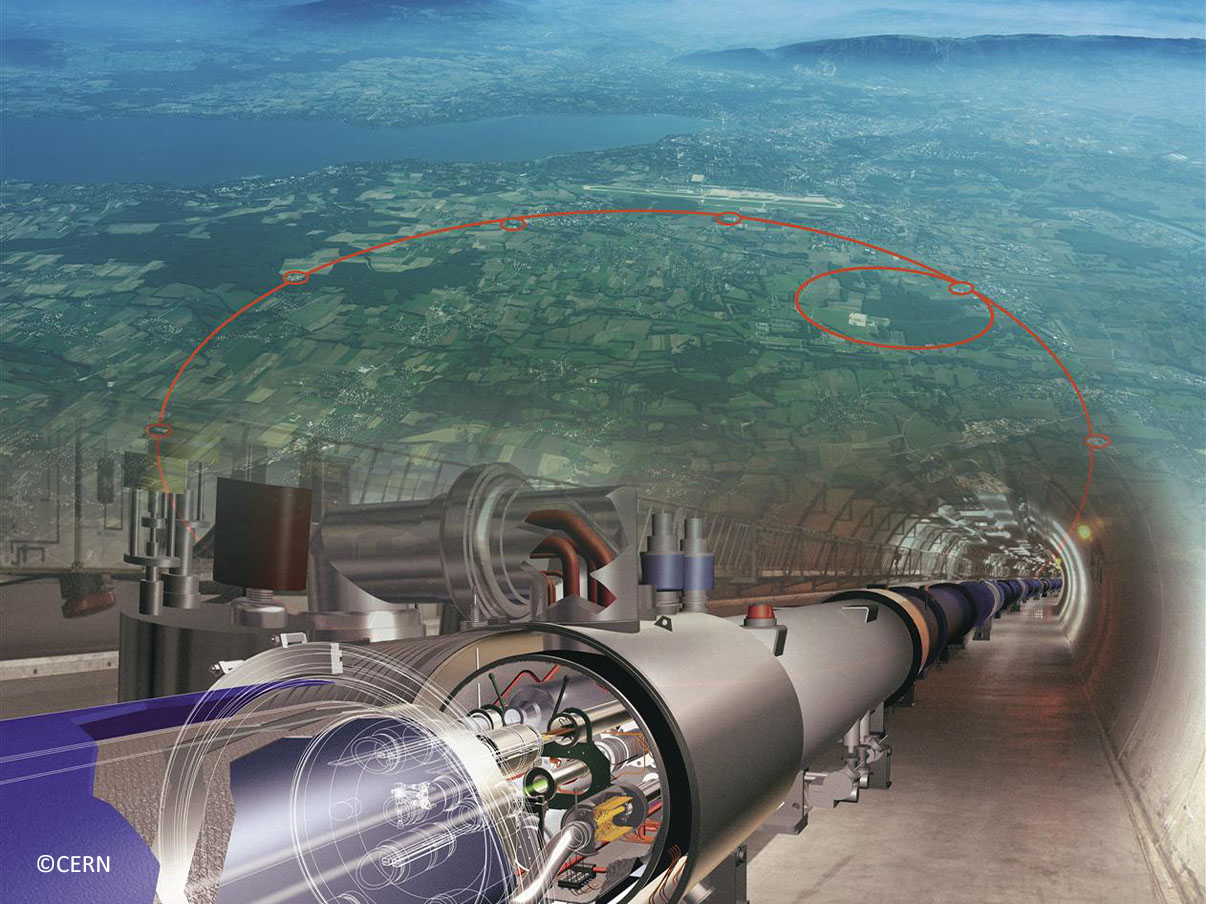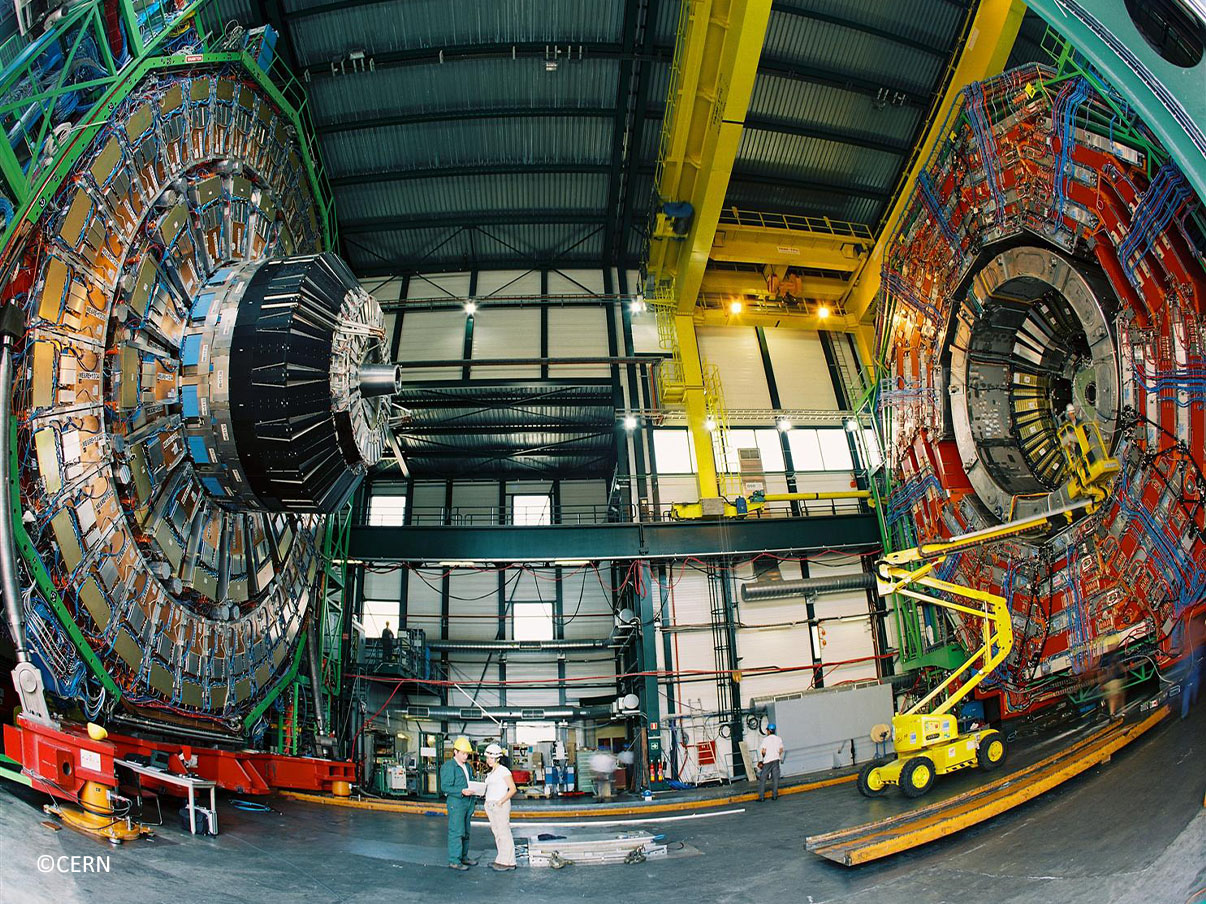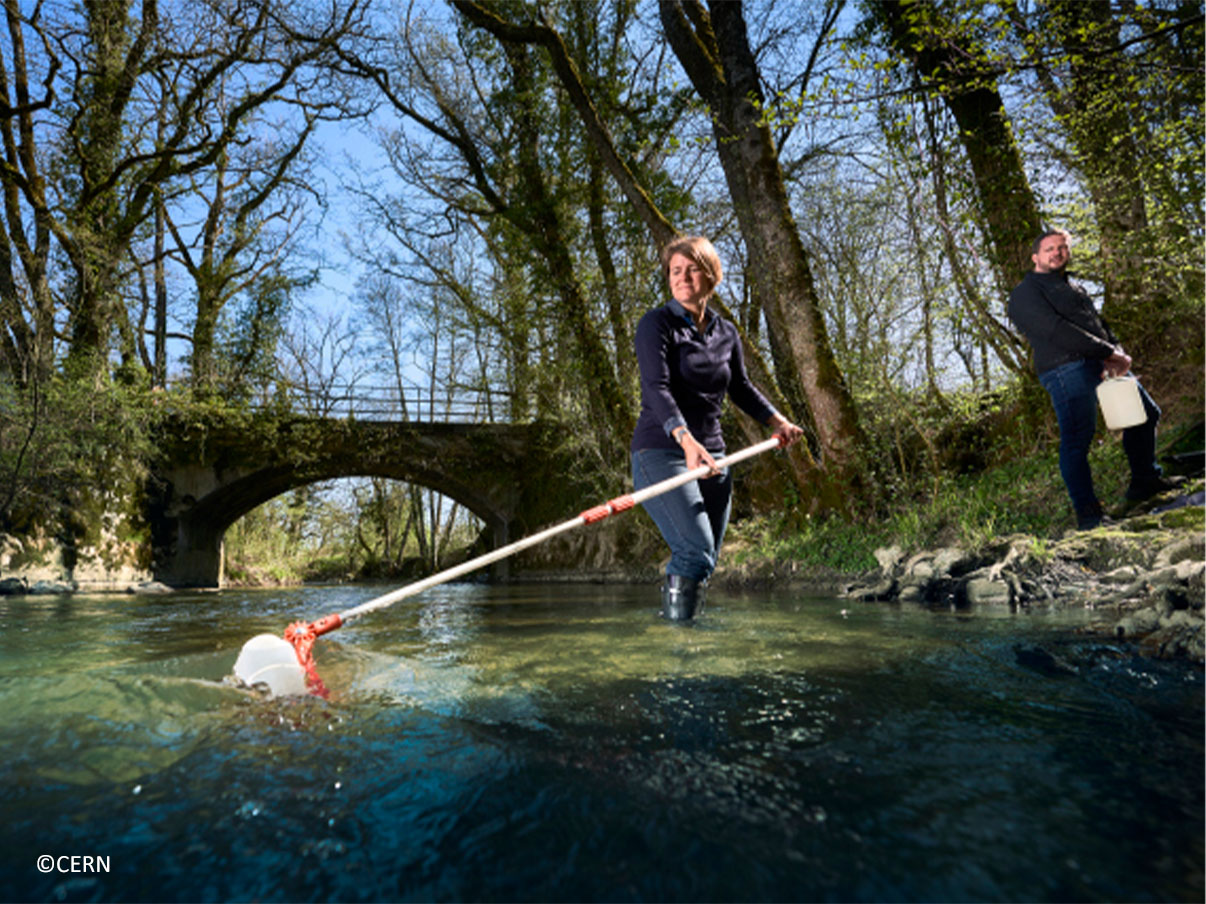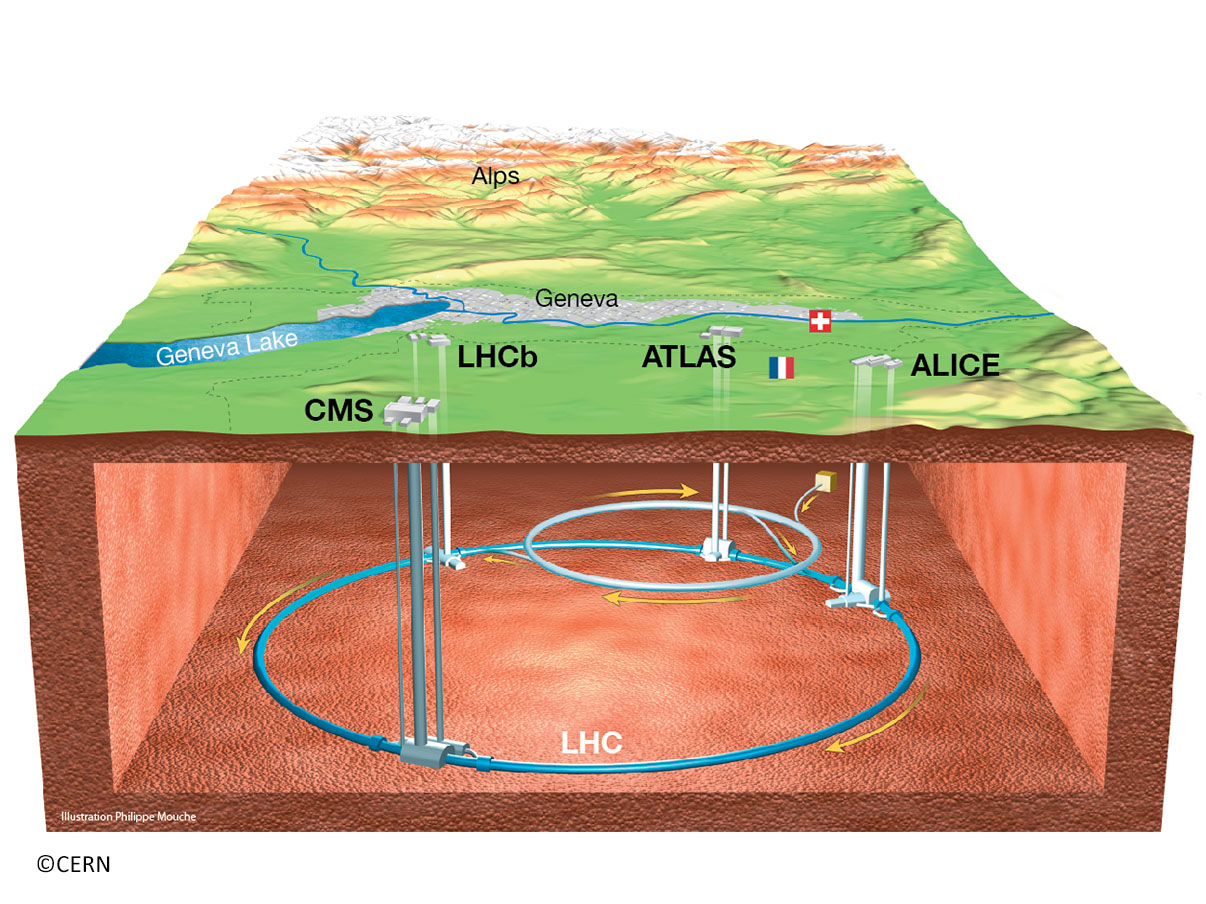How the world’s largest physics lab looks after its water
At the heart of Europe, physicists and engineers are studying the origins of our shared universe. Paradoxically, exploring the smallest particles of matter requires huge machinery – and large volumes of water. Here’s how the CERN physics lab looks after this essential resource.
“What is the nature of our universe?”
“What are we made of?”
These are some of the questions scientists from all over the world seek to answer at the European Centre for Nuclear Research (CERN), located at the outskirts of Geneva, Switzerland. CERN advances the boundaries of human knowledge, and serves as a prime example of international collaboration for the benefit of all.
By using particle accelerator facilities and performing world-class research in fundamental physics, scientists work to uncover what the universe is made of and how it works. But it is not only CERN’s core mission that aims to benefit all. Its water management strategy is one to care for the many, too.

The coldest place in the universe?
CERN mainly needs large quantities of water to cool down its advanced accelerator facilities. Chief among these is the flagship Large Hadron Collider experiment, which fires two beams of protons or ions around a 27-kilometre ring deep underground. The two beams then collide, in the hopes of recreating the conditions of the Big Bang, when the universe was created.
To keep the proton beam on course, thousands of electromagnets are kept at temperatures officially colder than deep space: -271°C or -456°F. This means they can channel electric current with almost zero resistance, and no power loss: superconductivity.
But none of this cutting edge research would be possible without megalitres of water to cool the accelerators.

Tackling a sizeable water footprint
In 2000, CERN’s water consumption was a massive 15 million cubic metres. That’s the equivalent of 6,000 Olympic swimming pools. However, in less than 20 years, the facility managed to drastically reduce that number by 77%, to just 3.5 million cubic metres in 2018.
Key to achieving this massive decrease, CERN changed its cooling circuits from open to semi-open or closed ones, allowing for water recycling and thereby lowering the demand for freshwater input.
From the Milky Way to local waterways
Most of the water used at CERN is pumped from nearby Lake Geneva – one of Western Europe’s largest freshwater reservoirs, which is fed by water from the Alps. The decision to draw water from the lake was made because the immediate French countryside surrounding much of the facility is considered a water stressed area. The laboratory is committed to using water sustainably and most of the wastewater is safely returned to local rivers, like the Nant d’Avril in Switzerland and the Lion and the Allondon in France.

CERN is constantly striving to find ways to improve the quality of its effluent water. Its in-house Health & Safety and Environmental Protection (HSE) Unit has set up a monitoring program to oversee the water’s quality, and regularly sample the watercourses to determine how much CERN influences those smaller and sensitive water channels. The facility also uses demineralized water in cooling towers to reduce chemical treatments that degrade water quality and reduce the amount of water discharged into watercourses.
Another recent initiative will see some of the warm water collected from CERN’s cooling circuits diverted and used to heat up to 8,000 new homes being built nearby. If trials in 2022 are successful, this concept could be rolled out at other parts of the site.
Building a retention basin alongside part of the site in 2020 also contributed to the lab’s responsible water management strategy. To retain incidental contaminants, this basin slows and, under certain conditions, manages rainwater running into the Lion river.
As well as radically shrinking its water footprint and working with local authorities to monitor the quality of effluent water, quantity is also a priority. Even as it pushes the boundaries of physics, CERN has set an official goal of limiting any increase in its water consumption to 5% until the end of 2024.

CERN’s valuing water principles
CERN is clearly recognizing and embracing water’s multiple values to different groups and interests in all decisions affecting water. Its comprehensive water management strategy has already been in motion for decades, with impressive results.
The Centre actively maintains transparency, releasing numbers, conducting numerous studies, and reporting results and water metrics related to surrounding watercourses to the relevant public authorities. Its actions tangibly care for and protect the sources, taking care of local rivers and the wider Lake Geneva watershed for current and future generations.
CERN uses some of the most advanced technologies in the world, which means its needs constantly change and progress. However, it makes sure to innovate and invest in appropriate upgraded systems and infrastructure that help achieve water reduction, aligning not only to scientific needs, but to the planet’s and society’s too.